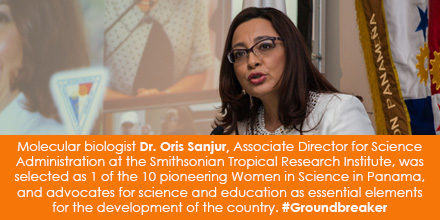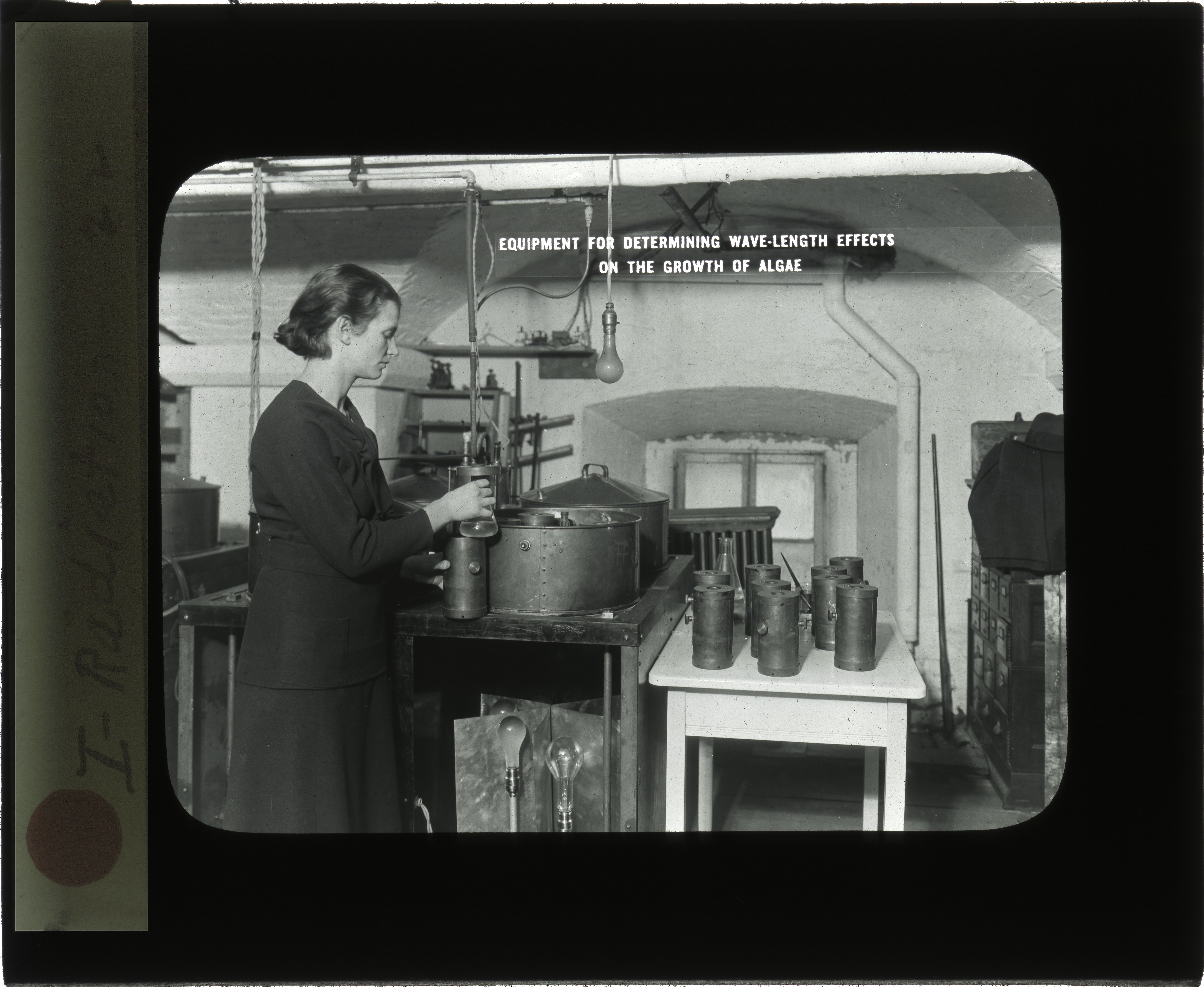Results for "Smithsonian Science Education Center"

Science Service, Up Close: Journalists, Cancer Research, and Public Education
- Date: March 6, 2018
- Creator: Marcel Chotkowski LaFollette
- Description: Cancer, James T. Patterson observed in The Dread Disease, serves as a powerful metaphor in American culture, where the malady mirrors the “manifestation of social, economic, and ideological divisions” in modern life. In the decades since publication of Patterson’s book, medical research has made great strides in methods of detection and treatment. But the challenge for science

Science Conversations in the Shenandoah
- Date: September 6, 2018
- Creator: Mitch Toda
- Description: In February 1975, twenty Smithsonian scientists gathered at the National Zoo's Conservation Research Center in Front Royal, Virginia to talk about their research and the future of science at the Smithsonian.

Women in Science Wednesday: Dr. Oris Sanjur
- Date: February 17, 2016
- Creator: Effie Kapsalis
- Description: Molecular biologist Dr. Oris Sanjur, Associate Director for Science Administration at the Smithsonian Tropical Research Institute, was selected as 1 of the 10 pioneering Women in Science in Panama, and advocates for science and education as essential elements for the development of the country. #Groundbreaker

Smithsonian Women in Science
- Date: September 17, 2019
- Creator: Dr. Elizabeth Harmon
- Description: Learn how we’re creating a better record of women in science at the Smithsonian.

Introducing the Science Media Group YouTube Playlist
- Date: June 29, 2021
- Description: The Smithsonian Institution Archives YouTube channel has a new dedicated playlist for the Science Media Group Collection, which features videos from the Smithsonian Astrophysical Observatory program that was active from 1989 to 2013.

In the Name of Science
- Date: February 3, 2015
- Creator: Effie Kapsalis
- Description: As some of you reading this know, we enjoy getting to know fascinating women in science throughout our collections and in the Smithsonian's history. We enjoy it so much that one of us decided we needed a set of LEGO women scientists. Over lunch, we assembled the the sets with some trepidation as it had been years since our previous LEGO adventures. We had fun playing and

Women in Science Wikipedia Edit-a-thon III
- Date: March 17, 2015
- Creator: Effie Kapsalis
- Description: Cue the music! We invite you to our third "She Blinded Me with Science" Women in Science Wikipdia Edit-a-thon III. An invitation to the Archive's 3rd Wikipedia edit-a-thon on Women in Science, March 27, 2015.
- Blog Post
Collaboration’s Value in the Pursuit of Science and Peace
- Date: September 19, 2019
- Creator: Ricc Ferrante
- Description: Advancing peace requires a strong, wide, and active network.
- Blog Post
Science Service, Up Close: Of Princes, Princesses, and Science
- Date: June 12, 2018
- Creator: Marcel Chotkowski LaFollette
- Description: As editor E. E. Slosson began setting up the Science Service news office, his mail was flooded with inquiries from potential contributors. Writers and photographers described their accomplishments and submitted samples of their work. One such letter, from Albert Harlingue on April 13, 1921, must have piqued Slosson’s interest, for it coincided with the Washington visit of “a

Science Service, Up Close: Science Reporters on the Hunt
- Date: April 18, 2019
- Creator: Marcel Chotkowski LaFollette
- Description: Photographs from the Science Service collections preserve behind-the-scenes glimpses of the newsgathering process for science reporters.

100 Women in Science in Smithsonian History
- Date: January 6, 2022
- Creator: Emily Niekrasz
- Description: Geologist Dr. Ursula Marvin studied Moon rocks from the Apollo missions and meteorites in Antarctica. Throughout her career with the Smithsonian Astrophysical Observatory, Marvin championed women in science. She delivered lectures about her own experiences as a woman in geology and participated in programing to help advance women's careers. She was likely inspired to support

Wikipedia Edit-a-Thon: Women in Science
- Date: March 14, 2014
- Creator: Effie Kapsalis
- Description: You can participate in our second Wikipedia edit-a-thon with the goal of increasing the representation of women scientists on Wikipedia!
